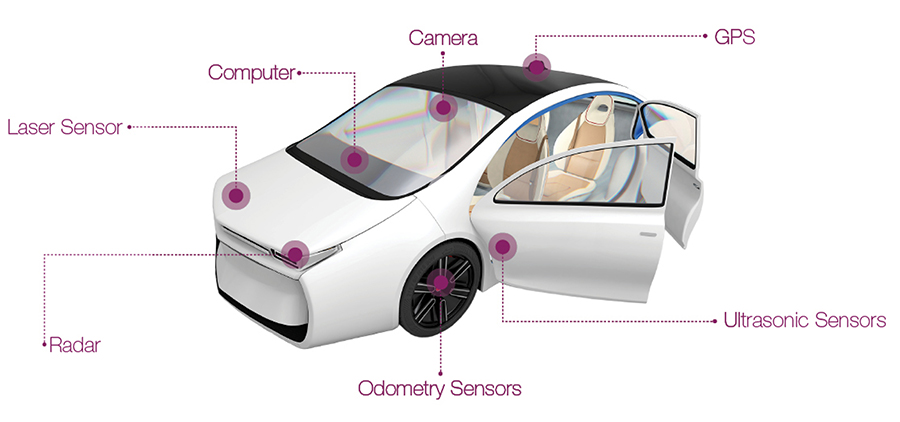Preparing for a "Driverless" World
As the buzz around autonomous vehicles grows louder every day, the technology’s evolution is now at a point where it is no longer a matter of “if”, but of “when”.
Several of the world’s largest and most innovative corporations – including Google, Apple, Uber and most major carmakers – are aggressively investing massive amounts of capital into autonomous vehicle technology. In early 2016, U.S. Transportation Secretary Anthony Foxx announced a 10-year, $3.9 billion investment “to accelerate the development and adoption of safe vehicle automation through real-world pilot projects.”
Advocates say that autonomous vehicles are safer, because most accidents are caused by human error, and more efficient. With no need to focus exclusively on operating their vehicle, humans can accomplish other things as they move from place to place. Autonomous vehicles use less fuel and would ease the gridlock on our nation’s roadways, supporters say.
Critics cite the loss of human control, the potential for compromised technology and the ultimate expense as three issues of concern. Also, many people question how the artificial intelligence operating a vehicle, when confronted with a moral dilemma (e.g., two options, both of which will result in human injury or fatalities), can be programmed to make such a choice.
Nonetheless, Navigant Research predicts that sales of autonomous vehicles will grow from fewer than 8,000 annually in 2020 to 95.4 million in 2035, representing 75% of all light-duty vehicle sales.
What does the imminent arrival of driverless vehicles mean for your business and your facilities? The answer depends largely on what you do, where you do it and whom you do it for. Some companies may undergo massive changes that alter their business models forever. Trucking, livery service, insurance and parking-related organizations are often cited as examples of industries most likely to be drastically affected by driverless revolution. For some, the changes will be for the better; for others, not so much.
Regardless, almost every industry, trade and organization will experience at least some effect when a large percentage – even a majority – of the vehicles on the road are being piloted by a computer rather than a human.
